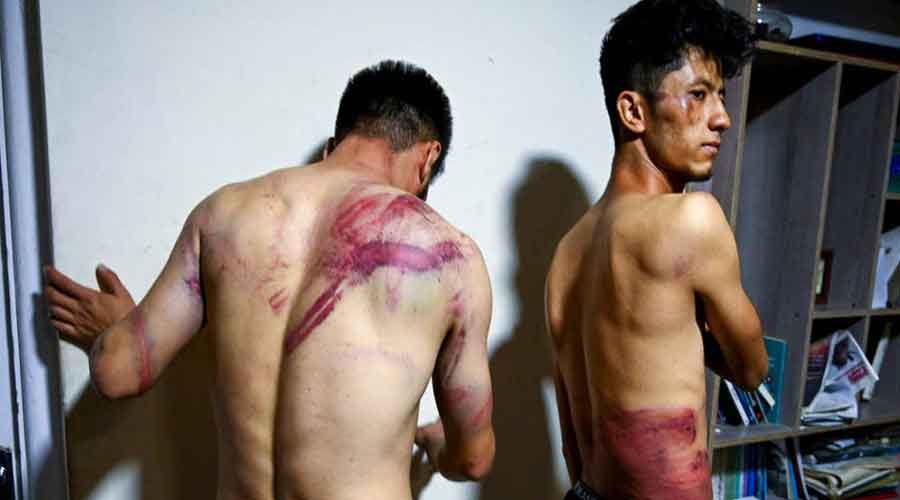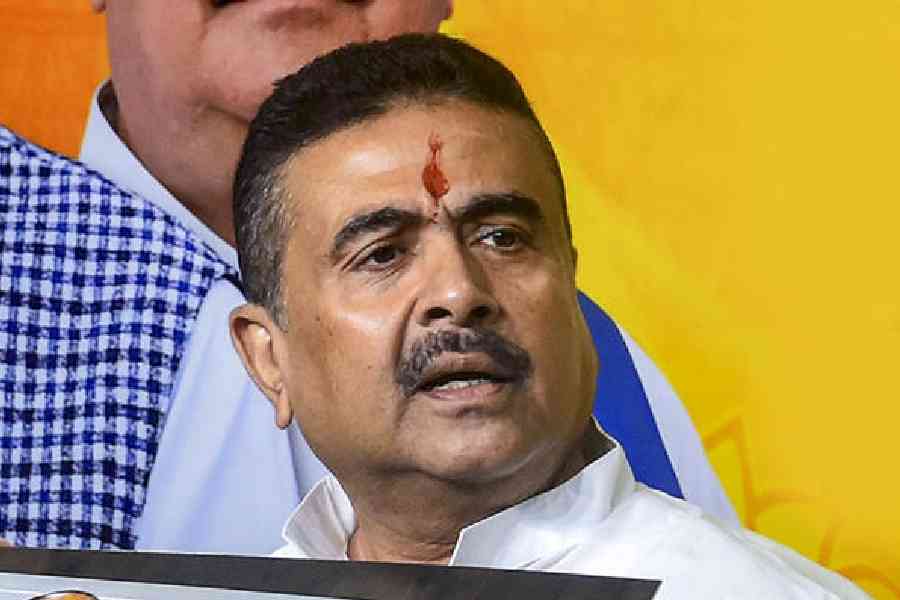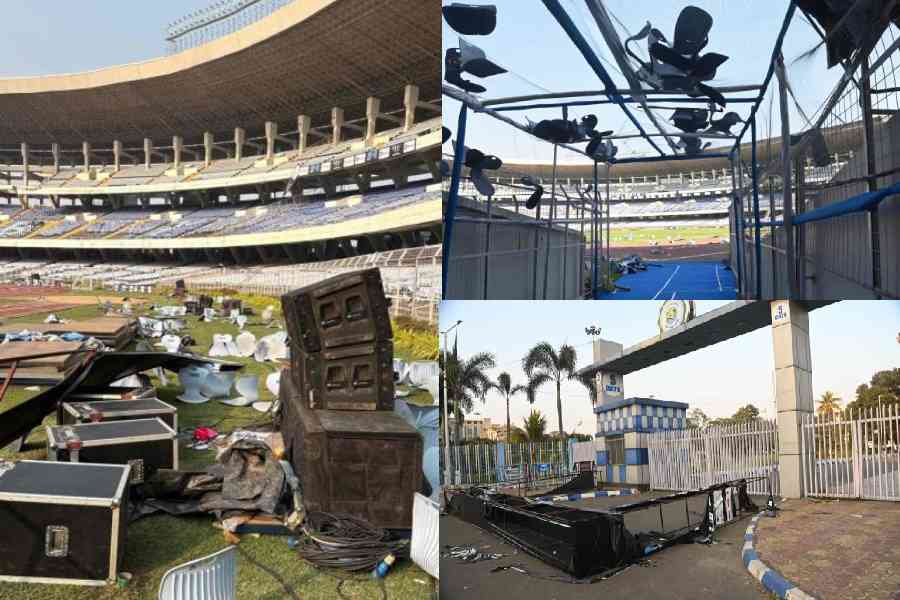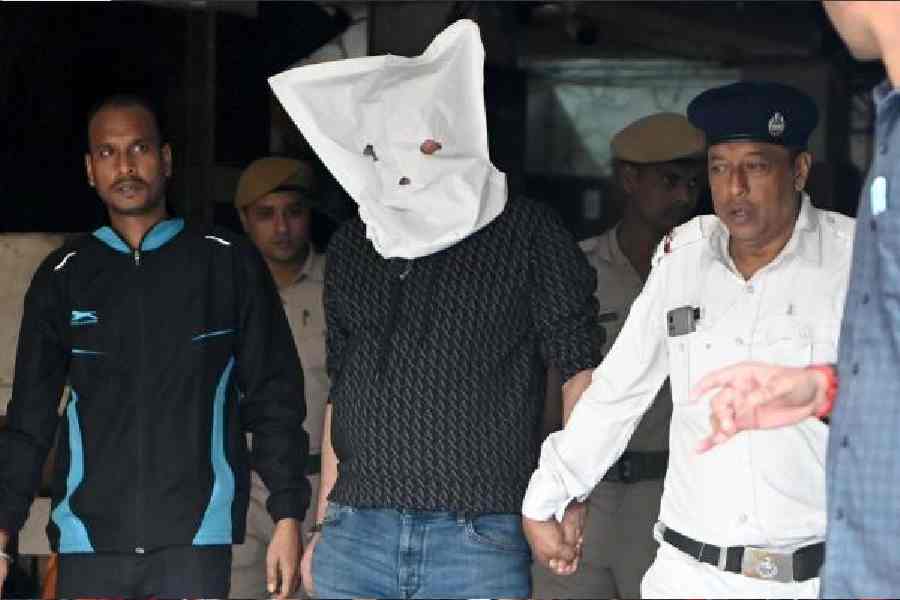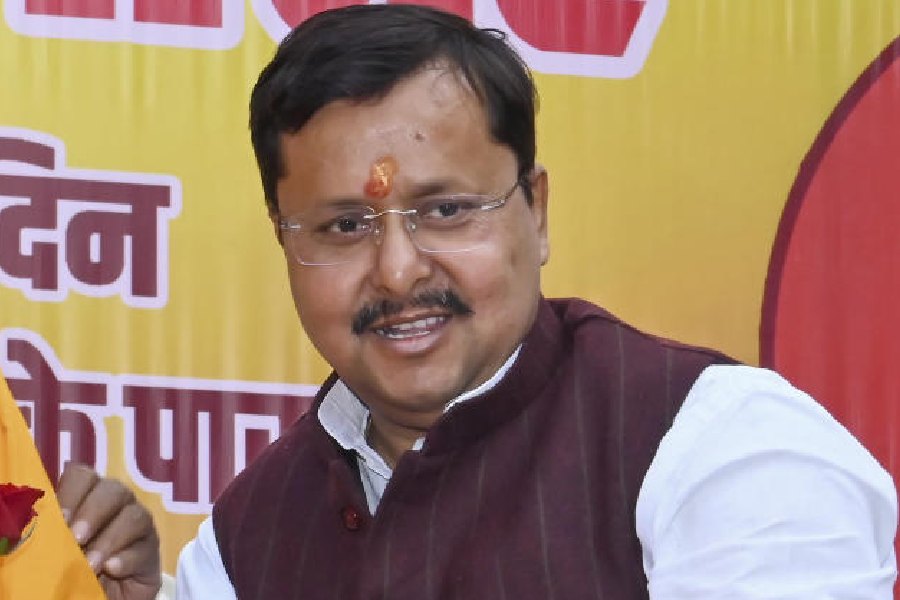Two Afghan journalists covering women’s protest in Kabul were detained for hours by Taliban security forces and brutally assaulted, according to reports.
At least two such images have surfaced in the aftermath of the group announcing that government and have been shared by verified Twitter handles, including in one post by Marcus Yam (a foreign correspondent for the Los Angeles Times) and in another by Etilaatroz (an Afghan news publication).
Images tweeted by Yam show two men stripped to their innerwear and standing with their backs to the camera. Their backs and legs are covered with what appear to be red welts and bruises.
Images tweeted by Etilaatroz show the same two men, whom the publication has identified as its employees - Taqi Daryabi and Nematullah Naqdi - and a close-up of their injuries.
According to Etilaatroz, Daryabi and Naqdi - a video editor and a reporter - were covering a protest led by women in the Kart-e-Char area of western Kabul on Wednesday, when they were abducted by the Taliban, taken to different rooms and beaten and tortured.
“One of the Taliban put his foot on my head, crushed my face against the concrete. They kicked me in the head... I thought they were going to kill me,” Naqdi told news agency AFP.
He told AFP he was accosted by a Taliban fighter as soon as he started taking pictures of the rally by women demanding the right to work and education.
“They told me 'You cannot film'... They arrested all those who were filming and took their phones. The Taliban started insulting me, kicking me,” he said, adding that when he asked why he was being beaten, he was told: “You are lucky you weren't beheaded.”
According to the LA Times the Taliban also stopped its journalists from photographing the protesting women; the foreign correspondents, however, were only forced to leave the area.
The LA Times also said three other journalists, including the local head of Euronews, a pan-European TV news network headquartered in France, were also abducted.
They were later released unharmed, although the Euronews head was repeatedly slapped.
Several other journalists were also arrested - including TOLO News cameraperson Waheed Ahmady and Ariana News reporter Sami Jahesh, with cameraman Samim - as they covered the protests.
An extensive report by the Committee to Protect Journalism (CPJ) outlined more attacks.
Last month another Tolo News reporter - Ziar Yaad Khan - was believed to have been killed by the Taliban, before it was confirmed that they had held him at gunpoint and assaulted him.
And days before that Taliban killed a relative of a Deutsche Welle journalist while hunting for him.
The group had earlier claimed it would respect freedom of the press, but its actions on Wednesday and over the past weeks indicate otherwise. A spokesman for the group has already warned people against taking to the streets in protest, and warned journalists that they should not cover any demonstrations.
A stark reminder of the impact the Talban has already had on a free press was made by media watchdog Reporters Sans Frontieres, or Reporters Without Borders, last week, when it said active female journalists in Kabul are below 100 since the group seized power, compared with 700 before.
The make-up of the new government has led to further concerns.
The Taliban had promised an inclusive government that would reflect the ethnic identities that form the country, but all top positions were handed to key leaders from the movement and the Haqqani network -- the group's most violent branch and one known for devastating attacks.
The post of interior minister - equivalent to the Home Ministry post in India - was given to Sirajuddin Haqqani, who is wanted by the United States' FBI.
None of the government appointees were women.
The Taliban's first period in power was replete with horrific stories of brute force and disregard for human rights, particularly those of women and children.
The second - a Taliban 2.0 - was supposed to be different.

